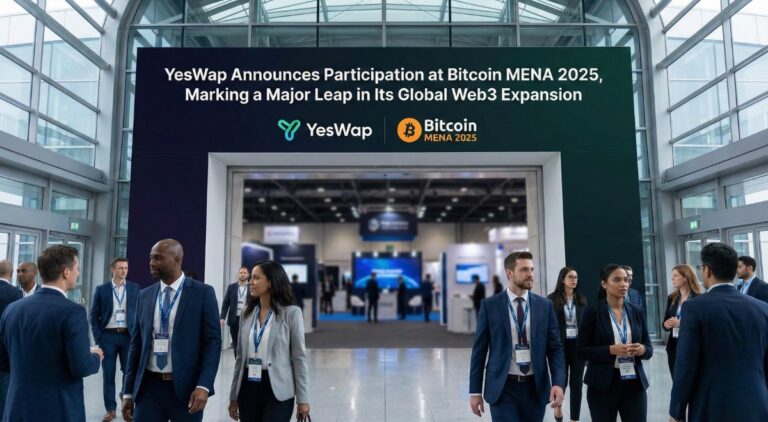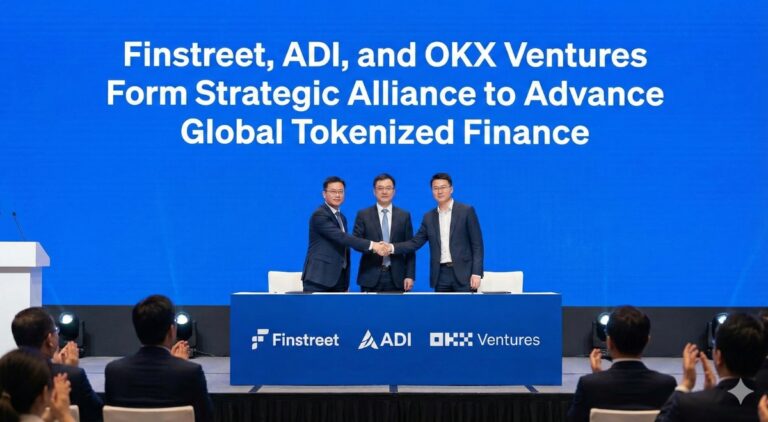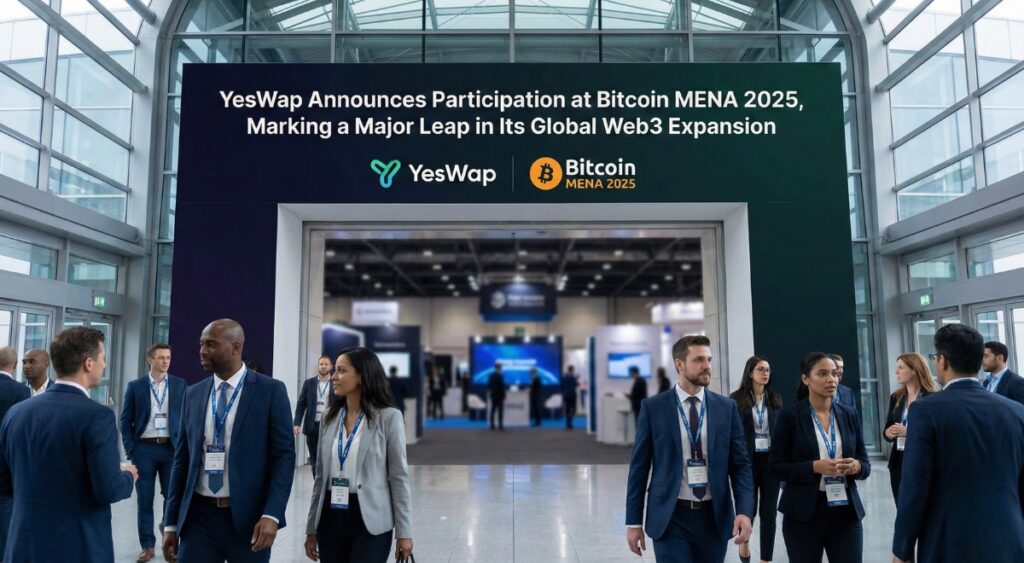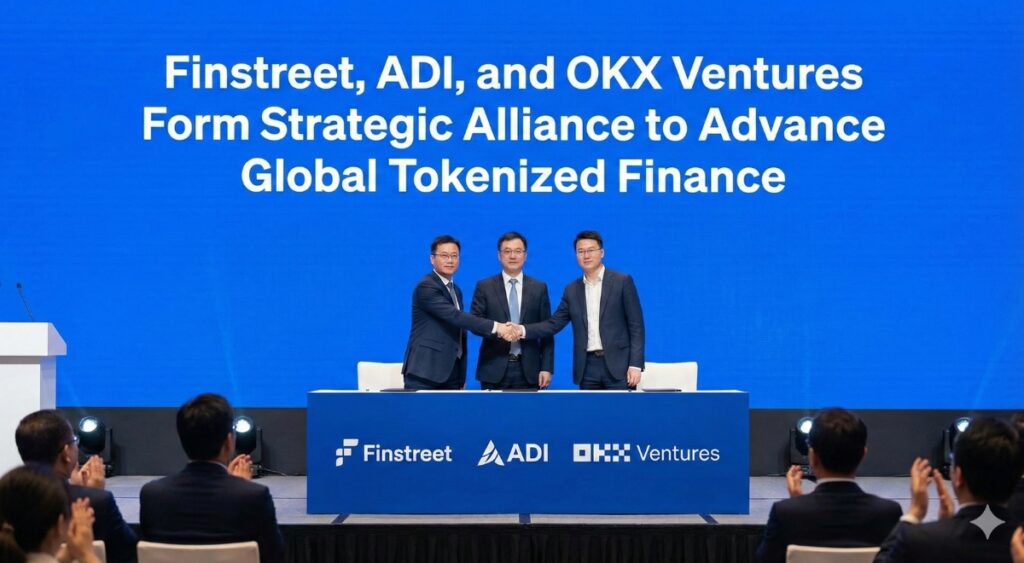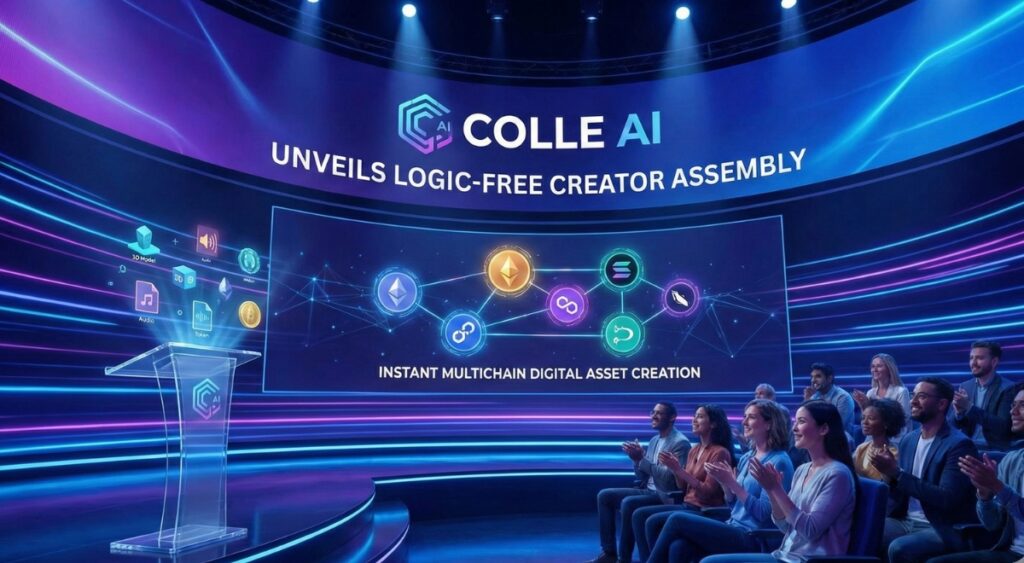In 2022, it looks as though crypto enthusiasts will have an NFT year. However, NFT is unpleasant for the environment. At the beginning of 2022, cryptocurrencies took a thrash. Despite this, the craze for NFTs is still going strong. Regardless of the fact that NFTs themselves have no environmental effect, how they are manufactured has an impact on our climate.
Beeple, a relatively unknown artist, sold his painting Everyday: The First 5000 Days for $69 million last year. Non-fungible tokens have the ability to bring in a future where artists, not record labels or auction houses, will set the rules. The popularity of NFTs amazed everyone and left people blind about their prominent effects on the environment. Just like other tokens or digital currencies, NFTs produce significant carbon emissions and are highly energy-intensive.
Non-Fungible Tokens And Their Environmental Impact
Blockchain is the technology that is used to store non-fungible tokens. The blockchain is a decentralized database for storing cryptographic data. Due to the decentralized structure, third parties cannot control or modify the data records. The system starts filling each data block once the first has been filled, providing the indisputable timeline of transactions and protecting users’ data and investments. The only thing that threatens the environment is the incredibly energy-intensive storage of data. The system cannot function unless enormous servers are set up and running to keep the blocks filled.
A Look At How NFTs Affect The Environment
Bitcoin mining and storage enabled with blockchain technology consumed the same or more energy as the whole country of Angola in 2017. However, it was not specifically consumed for non-fungible tokens. The method in which NFTs are produced has significant environmental repercussions. The following are the ways by which NFT operating proof-of-work is generated. Let’s analyze why they consume a considerable amount of energy.
The Digital Marketplace Where NFTs Are Available
An NFT is usually posted on an NFT marketplace before it is coined and does not consume energy extensively. The listing location typically determines the amount of energy required for the NFT minting procedure. If users choose OpenSea as a marketplace for NFT listing, the whole minting process will be energy-consuming because the marketplace supports the Ethereum platform, which employs proof-of-work.
The Purchasing Procedure For NFTs
Miners with substantial computing power mine the NFT using proof-of-work. Mining is an energy-intensive operation that necessitates the use of specialized computing hardware, consuming large quantities of electricity. The mining community races to solve complicated maths problems as fast as possible in order to earn the opportunity to mint NFT.
The Transferring Process Of NFTs After Buying
Once the users have completed the transaction, they can either keep the NFT or give it to someone else. Transferring the non-fungible tokens to another marketplace requires a similar energy-intensive procedure because of the proof-of-work involved. Energy is not used by just storing an NFT but transferring will consume the extensive energy that was used to mint the non-fungible tokens.


